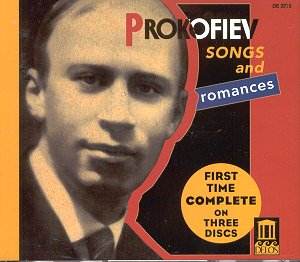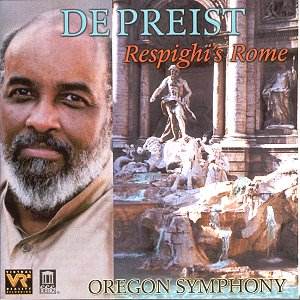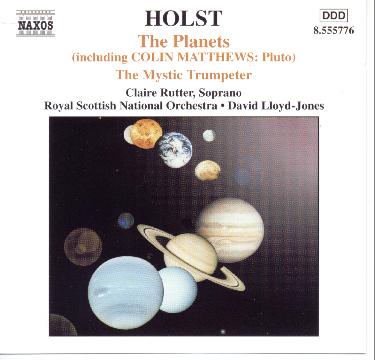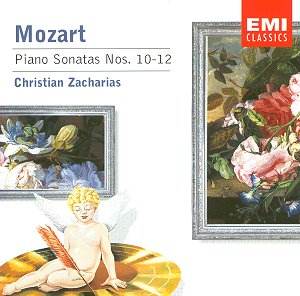 Composer: Joseph Haydn
Composer: Joseph Haydn
Works: Schöpfungmesse, Hob. XXII:13 (“Creation Mass”), Harmoniemesse, Hob. XXII:14
Performers: Ruth Ziesak, soprano; Bernarda Fink, alto; Christopher Prégardien, tenor; Oliver Widmer, bass; Joanne Lunn, soprano; Sara Mingardo, alto; Topi Lehtipuu, tenor; Brindley Sherratt, bass; Monteverdi Choir; English Baroque Soloists/John Eliot Gardiner
Recording: The Colosseum, Watford, UK, Feb. 9-11 1998 (CD1), November 20-24 2001 (CD2)
Label: PHILIPS
Joseph Haydn’s late masses are often regarded as a culmination of his choral and orchestral writing, reflecting not only his mastery but also the rich tapestry of the musical traditions that preceded him. The “Creation Mass” and “Harmoniemesse” stand out as significant contributions to the sacred music repertoire, each bearing the imprint of Haydn’s characteristic inventiveness and deep spirituality. The “Creation Mass,” although controversially nicknamed due to an allusion to his oratorio “The Creation,” showcases the composer’s ability to weave thematic elements into a cohesive and profound liturgical work. Conversely, the “Harmoniemesse,” or Wind-Band Mass, represents Haydn’s final foray into the genre, deploying a robust wind section that imbues the music with a celebratory vigor.
John Eliot Gardiner’s interpretations of these masses are marked by a keen understanding of the works’ historical contexts and musical nuances. The Monteverdi Choir delivers a performance that is both powerful and refined, capturing the essence of Haydn’s choral writing. In the “Schöpfungmesse,” the soprano soloist Ruth Ziesak commands attention with her vivid tone, particularly in the opening “Kyrie,” where her authority sets a dignified tone for the mass. The balance among the soloists is commendable; however, Joanne Lunn’s contributions in the “Harmoniemesse” feel somewhat overshadowed, as her sweetness of tone occasionally lacks the assertiveness required to fully engage with Haydn’s direct musical language.
The orchestral accompaniment by the English Baroque Soloists is, as expected, stylish and informed by period practice. Gardiner’s choice of brisk tempos brings a lively energy to the performances, particularly noticeable in the “Benedictus” of the “Harmoniemesse.” This movement, marked Allegro molto, benefits from Gardiner’s interpretation, which infuses the music with an infectious rhythmic vitality. However, the woodwind section’s execution raises concerns; their contributions often lack clarity, with many delicate passages becoming indistinct within the recording’s mix. This is especially disappointing given the intricate scoring that Haydn employs, which is crucial for the overall texture of the masses.
Recording quality is generally strong, with the choral and orchestral forces captured in a manner that allows for both detail and grandeur. Yet, the balance issues experienced with the woodwinds detract from the overall sonic experience. The engineering does, however, serve to highlight the brass and percussion, whose brilliance and clarity add a celebratory flair to the performances. The engineering choices reflect an awareness of the music’s dynamic contrasts, though some moments of soft interplay could benefit from a more attentive mixing approach.
The late masses of Haydn stand as monumental achievements in Western sacred music, and Gardiner’s interpretations offer valuable insights into their enduring power and relevance. These performances reveal the intricate interplay of voices and instruments that Haydn so masterfully crafted, and while some technical aspects of the recording could be improved, the interpretative choices and the overall energy of the performances make this an essential addition to the canon of Haydn recordings. Engaging with this recording offers a profound appreciation of Haydn’s late style, illuminating the pathways that would eventually lead to the choral masterpieces of Beethoven.



